Guinea, often referred to as the “Hidden Gem of West Africa,” is a country rich in natural beauty, diverse cultures, and fascinating history. Nestled on the western coast of Africa, Guinea is known for its stunning landscapes, including mountains, lush forests, and beautiful rivers. The country is home to various ethnic groups, each contributing to its vibrant culture. With its capital city, Conakry, serving as the cultural and economic hub, Guinea invites travelers to explore its unique attractions and experience the warmth of its people.
Table of Contents
Geography
Guinea is located in West Africa and covers an area of approximately 245,857 square kilometers. The country is bordered by Guinea-Bissau to the northwest, Senegal to the north, Mali to the northeast, Ivory Coast to the southeast, and Liberia and Sierra Leone to the southwest. To the southwest, Guinea has a coastline along the Atlantic Ocean, which is known for its beautiful beaches and fishing ports.
The geography of Guinea is diverse, featuring mountainous regions, plateaus, and lowland areas. The Fouta Djallon highlands, located in the central part of the country, are known for their lush green hills and numerous waterfalls. The country is also home to several significant rivers, including the Niger River, which flows through the northeastern part of Guinea. The landscapes range from dense rainforests to savannahs, offering a rich biodiversity and numerous natural attractions.
Guinea experiences a tropical climate characterized by two main seasons: a wet season from May to October and a dry season from November to April. This climate supports various ecosystems, making it a paradise for nature lovers and outdoor enthusiasts.
States of Guinea
Guinea is divided into 8 administrative regions, which are further subdivided into 33 prefectures. It does not have states like some other countries; instead, it is organized into these regions and prefectures. The capital city, Conakry, is also a special administrative region. Here is a table listing the 8 administrative regions of Guinea along with the prefectures included in each region:
| No. | Region | Prefectures Included |
|---|---|---|
| 1 | Boké | Boké, Boffa, Fria, Gaoual, Koundara |
| 2 | Conakry (Special Administrative Region) | Conakry |
| 3 | Faranah | Dabola, Dinguiraye, Faranah, Kissidougou |
| 4 | Kankan | Kankan, Kérouané, Kouroussa, Mandiana, Siguiri |
| 5 | Kindia | Coyah, Dubréka, Forécariah, Kindia, Télimélé |
| 6 | Labé | Koubia, Labé, Lélouma, Mali, Tougué |
| 7 | Mamou | Dalaba, Mamou, Pita |
| 8 | Nzérékoré | Beyla, Guékédou, Lola, Macenta, Nzérékoré, Yomou |
History
Guinea has a rich and complex history that dates back centuries. The region was inhabited by various ethnic groups, including the Mandinka, Fulani, and Susu, each contributing to the country’s cultural tapestry. The area became a significant center for trade and commerce, with the Trans-Saharan trade routes passing through, facilitating the exchange of gold, salt, and other goods.
In the late 19th century, Guinea fell under French colonial rule, becoming part of French West Africa. The French exploited the country’s resources and established plantations, leading to social and economic changes. The struggle for independence began to gain momentum in the early 20th century, culminating in Guinea becoming the first French colony in Africa to gain independence on October 2, 1958, under the leadership of Ahmed Sékou Touré.
Following independence, Guinea faced political challenges, including a one-party state and economic difficulties. Sékou Touré ruled until his death in 1984, after which a series of military coups and political transitions occurred. In recent years, Guinea has made strides towards democratic governance, although challenges remain in terms of political stability and economic development.
Top Ten Must-Visit Destinations
1. Conakry

Conakry, the capital and largest city of Guinea, is a bustling metropolis that serves as the cultural and economic center of the country. Visitors can explore the vibrant markets, such as the Marché Madina, and discover the rich history at the National Museum of Guinea. The city’s waterfront offers stunning views of the Atlantic Ocean and is a great place to experience the local lifestyle.
2. Fouta Djallon
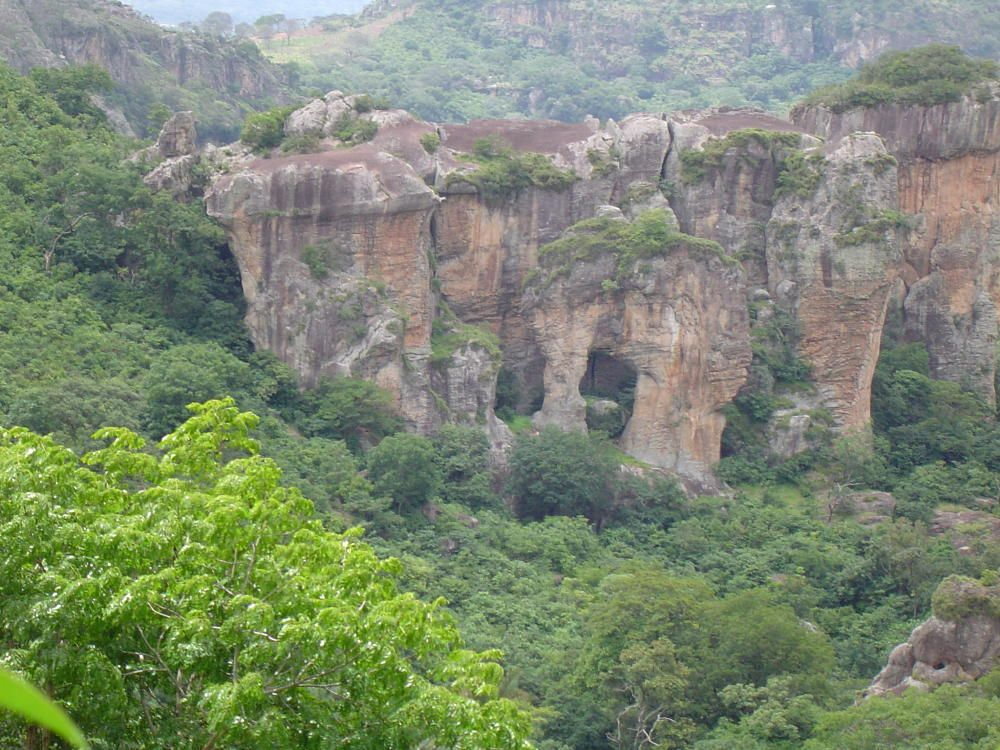
Fouta Djallon is a breathtaking highland region known for its stunning landscapes, waterfalls, and hiking opportunities. The area is home to several ethnic groups and offers a glimpse into traditional Guinean life. Travelers can explore picturesque villages, hike through lush forests, and enjoy the scenic views from the peaks.
3. Kindia

Kindia, located about 130 kilometers from Conakry, is known for its rich agricultural heritage and natural beauty. The region is famous for its coffee and pineapple plantations. Visitors can explore the nearby waterfalls, such as the Kinkon Waterfall, and experience the vibrant local markets.
4. Nzérékoré

Nzérékoré is the capital of the Nzérékoré Region and is known for its stunning landscapes and diverse cultures. The region is home to the lush Lola National Park, where visitors can observe various wildlife and hike through dense forests. The town itself is vibrant and offers a unique blend of ethnic cultures.
5. Mount Nimba

Mount Nimba is a UNESCO World Heritage Site and one of the highest peaks in West Africa. The mountain is known for its rich biodiversity, unique ecosystems, and stunning views. Hiking to the summit offers breathtaking panoramas and the chance to encounter rare plant and animal species.
6. Boke
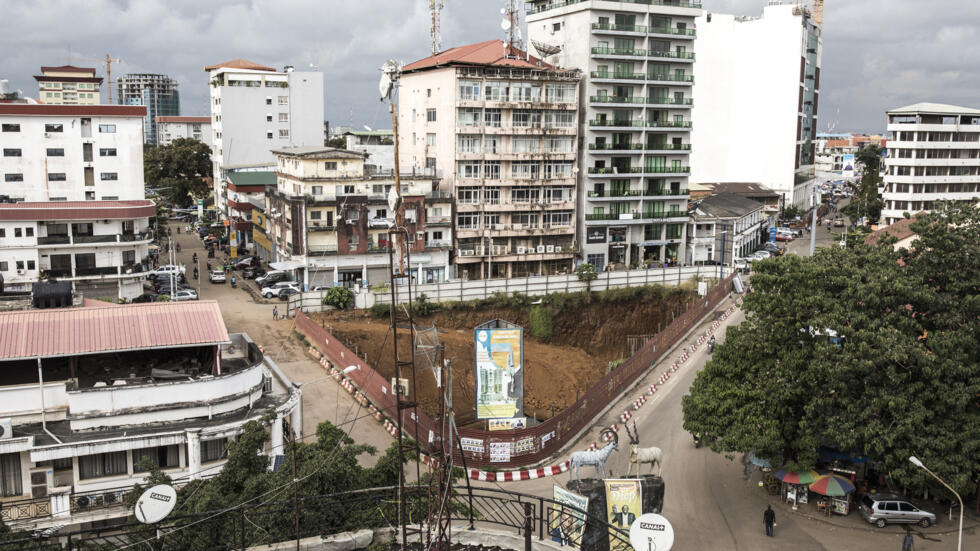
Boke, located along the coast, is known for its beautiful beaches and fishing communities. The town offers a relaxing atmosphere and is a great place to experience the local culture. Visitors can enjoy fresh seafood, explore the nearby islands, and soak in the sun on the sandy shores.
7. Kankan
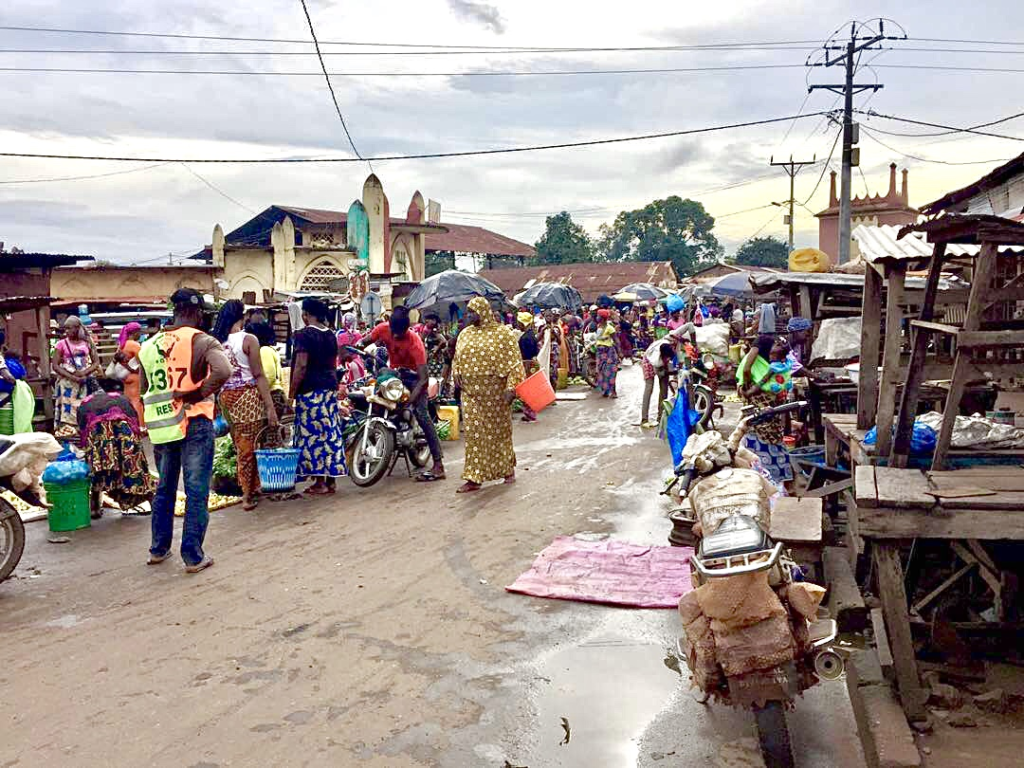
Kankan is the second-largest city in Guinea and is known for its vibrant cultural scene and historical significance. The city is a center for traditional music and dance, making it an excellent destination for cultural enthusiasts. Visitors can explore local markets and experience the lively atmosphere of the city.
8. The Sacred Fish of Tindin
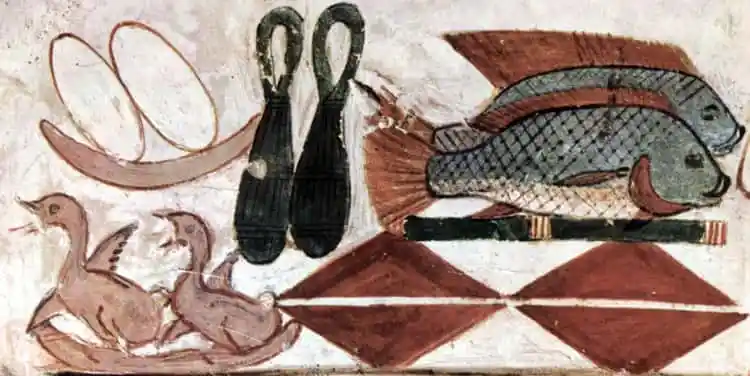
The Sacred Fish of Tindin is a unique cultural site located near the village of Tindin. The site features a sacred pond inhabited by fish that are believed to possess spiritual significance. Locals and visitors alike come to witness the fish and participate in traditional rituals and celebrations.
9. Loos Islands

The Loos Islands, located off the coast of Conakry, are known for their beautiful beaches and crystal-clear waters. These islands offer a tranquil escape from the bustling city life. Visitors can enjoy swimming, snorkeling, and relaxing on the sandy shores while soaking in the natural beauty of the surroundings.
10. Dubreka
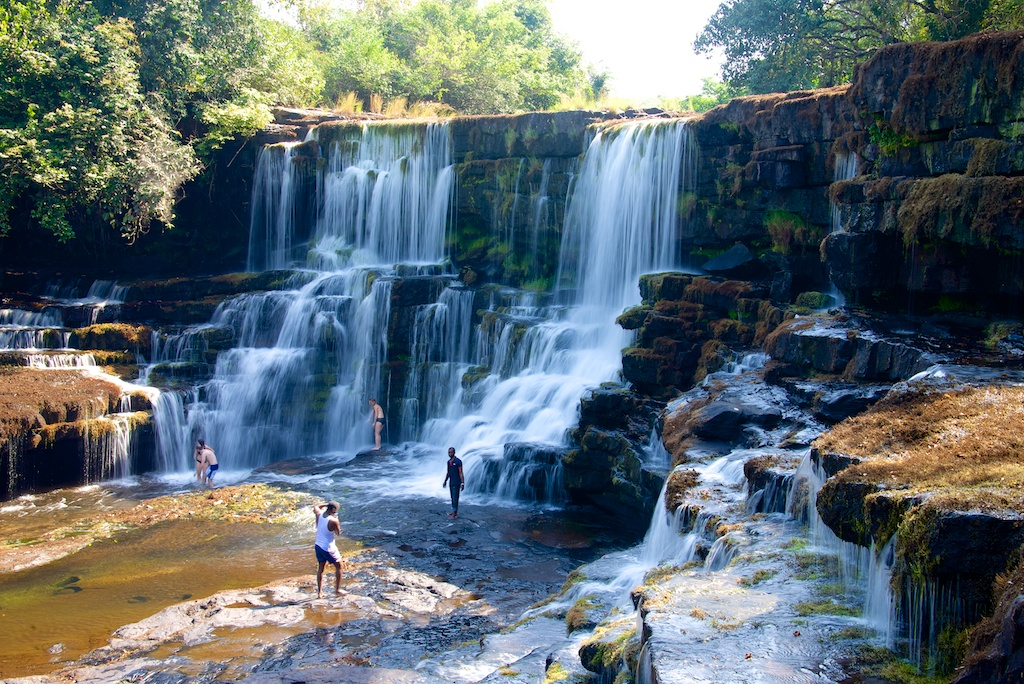
Dubreka is a picturesque town located near Conakry, known for its lush landscapes and natural attractions. The area is home to several waterfalls, including the stunning Kipé Waterfall. Visitors can explore the surrounding nature trails and enjoy the serene atmosphere of this charming town.
Culture
Guinea is a tapestry of diverse cultures, with over 24 ethnic groups contributing to its rich heritage. The largest ethnic groups include the Fulani, Mandinka, and Susu, each with their own unique traditions, languages, and customs. French is the official language, but various indigenous languages are widely spoken throughout the country.
Traditional music and dance play a vital role in Guinean culture. The country is known for its vibrant music scene, particularly genres like djembe, salsa, and traditional African drumming. Festivals and celebrations often feature lively performances, showcasing the artistic talents of the people. The Fête de la Musique, celebrated annually, highlights the importance of music in Guinean society.
Artisan craftsmanship is also highly valued in Guinea. Traditional crafts, such as weaving, pottery, and wood carving, reflect the country’s cultural identity. Kente cloth, known for its colorful patterns and intricate designs, is a popular textile representing Ghanaian heritage but is also produced in Guinea. Artisans create beautiful handmade products that showcase the country’s cultural richness.
Festivals
Guinea hosts a variety of festivals that celebrate its rich cultural heritage and traditions. One of the most significant festivals is the Fête de l’Indépendance, celebrated on October 2nd each year to commemorate the country’s independence from French colonial rule. This national holiday is marked by parades, cultural performances, and various events showcasing Guinean traditions.
The Fête de la Musique is another important celebration that takes place annually, featuring live music performances across the country. Musicians and dancers come together to showcase their talents, creating a festive atmosphere filled with rhythm and joy.
The Tabaski Festival, also known as Eid al-Adha, is celebrated by the Muslim community in Guinea. It involves prayers, feasting, and the sharing of food with family and friends. Traditional clothing is often worn during this festival, and it serves as an opportunity for social gatherings and community bonding.
Economy
Guinea’s economy is primarily based on agriculture, mining, and natural resources. Agriculture employs a significant portion of the population, with crops such as rice, maize, cassava, and fruits being cultivated. Guinea is known for its production of bananas, palm oil, and various vegetables.
Mining is another critical sector, with Guinea being rich in natural resources, particularly bauxite, which is used in aluminum production. The country holds some of the largest bauxite reserves in the world. Gold and diamond mining also contribute to the economy, attracting foreign investment and generating revenue.
In recent years, the government has focused on diversifying the economy and improving infrastructure to support economic growth. The services sector, including telecommunications and tourism, is gradually expanding, contributing to overall economic development.
Cuisine
Guinean cuisine is a delicious blend of flavors and ingredients, influenced by the diverse cultures of the country. Rice is a staple food, often served with various sauces and stews. Jollof rice, a popular dish made with rice, tomatoes, and spices, is a favorite among locals and is often enjoyed during celebrations.
Fufu, a starchy side made from cassava or yams, is commonly served with soups and stews. Poulet Yassa, a marinated chicken dish cooked with onions and lemon, is another traditional favorite. Fish and seafood are widely consumed, especially in coastal regions, and are often prepared with spices and served with rice or vegetables.
Guinean meals are typically enjoyed communally, reflecting the importance of sharing and togetherness in the culture. Traditional dishes are often accompanied by lively conversations and celebrations, creating a warm and inviting atmosphere.
Top Eight Most Famous Food
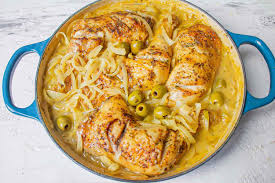


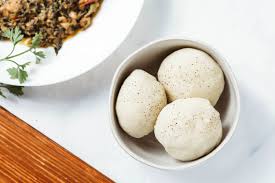



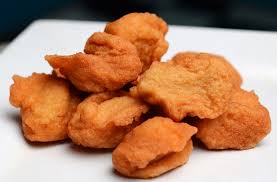
Interesting Facts
- Guinea is known for having one of the largest reserves of bauxite in the world.
- The country’s name is derived from the Berber word for “land of the blacks.”
- Guinea has over 24 ethnic groups, each with its own unique culture and traditions.
- The Fouta Djallon highlands are famous for their stunning waterfalls and hiking trails.
- Conakry, the capital, is situated on the Kaloum Peninsula and is surrounded by the Atlantic Ocean.
- The country’s official language is French, but numerous indigenous languages are spoken.
- Guinea has a rich tradition of music, particularly drumming and dance.
- The Sacred Fish of Tindin is considered a cultural and spiritual symbol in Guinea.
- The Tabaski Festival is one of the most important Islamic celebrations in the country.
- Guinea is home to several national parks and wildlife reserves, showcasing its biodiversity.
Conclusion
Guinea is a hidden gem that offers a rich tapestry of history, culture, and natural beauty. From its diverse landscapes and vibrant cities to its delicious cuisine and lively festivals, Guinea invites travelers to explore its unique offerings. Whether you’re hiking in the Fouta Djallon, savoring traditional dishes, or immersing yourself in local traditions, Guinea promises an unforgettable experience filled with warmth and hospitality.
let’s enjoy few years on earth with peace and happiness….✍🏼🙏

